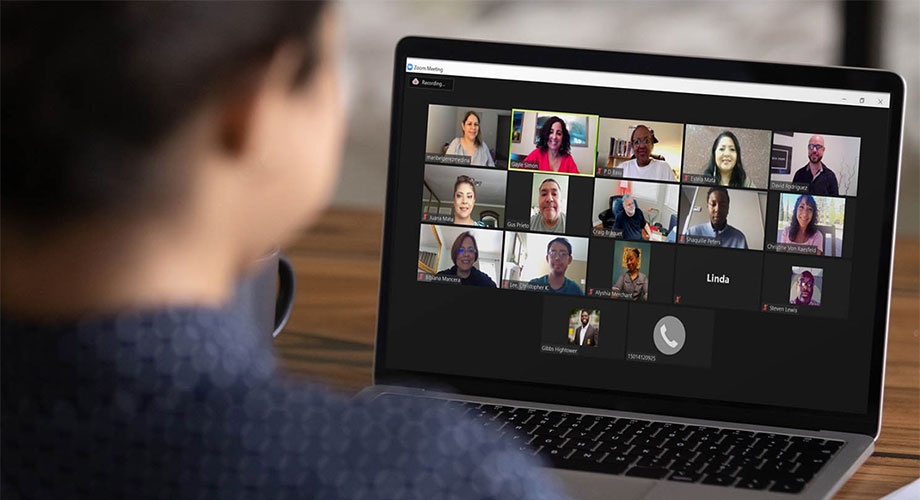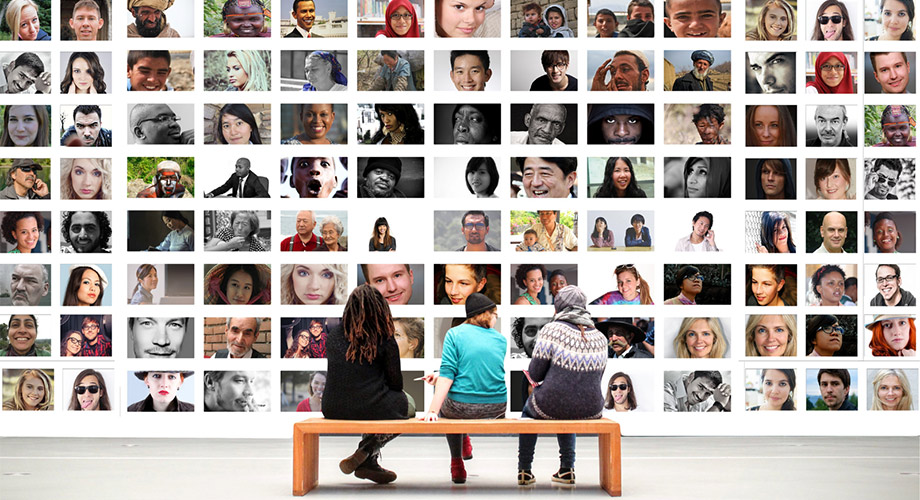Authors: Lauren Serpico, Gayle Valensky, David Rodriguez & Maribel Pieters –
A core tenet of the Scripps Research Digital Trials Center is treating our study participants as partners. An important way we actualize this commitment is through our Virtual Advisory Teams (VAT), composed of dozens of community members who provide feedback on all aspects of our research. The two VATs we work with are our Digital Trials Center Virtual Advisory Team, and our All of Us Virtual Advisory team.
Our VAT members represent diverse communities, and their perspectives help our study teams engage with a broader spectrum of the public. They provide critical input on how research projects are conducted. Our studies benefit from the expertise and guidance of this group, which provides honest and open feedback on all aspects of our direct-to-participant studies, including program messaging, user experience, biosample collection, electronic health record retrieval and privacy/data security concerns. The VAT consistently reminds us of the importance of designing studies with participants at the center.

Origins of our Virtual Advisory Team
The All of Us VAT was initially formed prior to the COVID-19 pandemic and was able to leverage their virtual format in order to abide by public health lockdowns and social distancing to mitigate the spread of the virus. Interestingly, the pandemic had an overall positive impact on the VAT; it brought the group closer together as a team and provided members a unique forum to share their local community’s perspective on how the pandemic shaped views on joining and participating in All of Us.
The scientific method equips researchers with an empirical way of acquiring knowledge. However, without input from the community, researchers can overlook important questions that the scientific method does not adequately recognize or address. The process of involving community members in identifying common problems, mobilizing resources, and developing and implementing strategies for reaching collective goals has been adapted by community organizers for decades (ref).

Representation in Research
Individuals from groups historically underrepresented in biomedical research (UBR) have long experienced disparate health outcomes as a result of health care and research enterprises inadequately serving diverse patient populations (ref, ref). One of the primary strategies of forging new relationships, establishing trust, and increasing participation in biomedical research in diverse communities is through community-based participatory research (CBPR) (ref). This framework places community at the center of the research planning and execution process and includes a formal mechanism to communicate with key community members to get their input, feedback and opinions about how the research will be carried out (ref, ref, ref). Benefits from the CBPR model include increased trust between communities and academic institutions, reduction of communication and collaboration barriers, incorporation of novel research methodologies, increased diversity, greater likelihood of participant retention, and community empowerment by having community leaders as part of the process (ref).
The overarching purpose of the VAT was to bring community voices and perspectives into the research design and implementation processes. Therefore, VAT members were selected to represent the diversity of participant communities. Members were recruited from a network of partners, including patient advocacy groups and community organizations, to create a long-term partnership between researchers and participants.

Program Impact
The VAT has shaped the All of Us research program in tangible and intangible ways since its inception. One of the tangible impacts was the addition of a survey proposed by a founding VAT member. The survey gathers information about social determinants of health (SDOH) from participants, particularly those in marginalized and underrepresented communities. SDOH encompasses social, economic, and environmental factors that affect an individual’s overall health and well-being [23]. The addition of the survey allows researchers to contextualize a participant’s health status with social and environmental considerations.
In another example, a member of the VAT, who is part of the sexual and gender minority (SGM) community, identified a privacy issue that could result in disclosing the identity of All of Us participants from the trans community. He voiced his concerns to the All of Us Governance Committee, which is responsible for reviewing and vetting research projects, and the board took the issue seriously. After several conversations about the potential harm, the Governance Committee recommended involving two members of the SGM community in the project to strengthen their voices and raise issues that may be otherwise overlooked. This action could set a precedent for how researchers engage underrepresented and underserved populations in research, highlighting the importance of including diverse communities in decision-making processes.
The VAT reminds us that we cannot lose sight of who we are trying to help. Too often, as research we seek to gather as much data as possible in hopes of making observations that can better help us understand what contributes to health and disease. However, the unintended consequences can include losing sight of the burdens placed on participants or recognizing how they can immediately benefit from participation. The VAT continues to do a tremendous job of reminding us of the many lenses that individuals may be viewing clinical research. They have become critical partners in ensuring we balance our scientific expectations with meeting the needs of the participants.

The Future of Virtual Advisory Teams
In considering the future of building a diverse research community in a digital world, an important first step is continued research on the impact of virtual advisory teams. With this, others in the research community can share their experiences and build upon the body of empirical data. Our team is currently drafting a manuscript for publication on this very topic to work towards this goal. The inclusion of VAT members as co-authors of peer-reviewed publications is an important signal of their contribution to the dissemination of research findings. Additionally, our team aims to grow the DTC VAT to ensure representation. Finally, a streamlined process of feedback dissemination would be of great value. One option to do so could be to invite VAT members to leadership meetings where new research proposals are being discussed.
While the overarching purpose of the VAT is to bring community voices into the research design and implementation processes, we recognize the challenge of ensuring voices from all communities are represented. With the help of VAT existing members, we’ll continue to explore how best to grow the different voices we bring to the table.

In Loving Memory
Our work would not be possible without the input and participation of these individuals. We would like to thank and acknowledge each and every one of our VAT members, with a special dedication in loving memory of Gus Prieto. Gus was a founding member of our All of Us Virtual Advisory Team, and was a passionate patient advocate for those with ALS. His positive spirit lit up a room (even virtually), and was a constant reminder of why we are so dedicated to the work that we do. Gus has said, “I am more than my disease, and I fight for my family and for those who live with this disease. Together with the support of our VAT, we will continue our work in supporting those who continue to fight.

To learn more about our virtual advisory team, visit: https://digitaltrials.scripps.edu/about/advisors/



